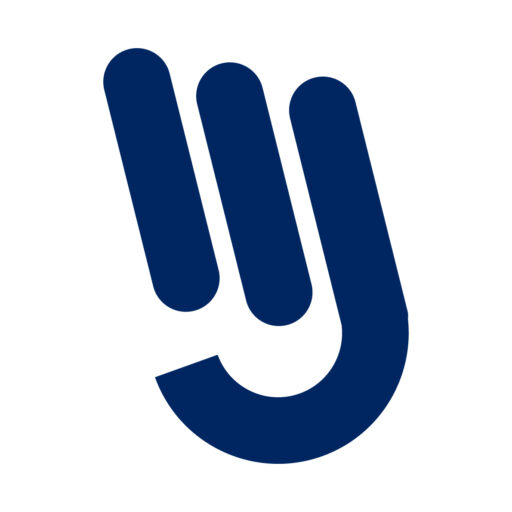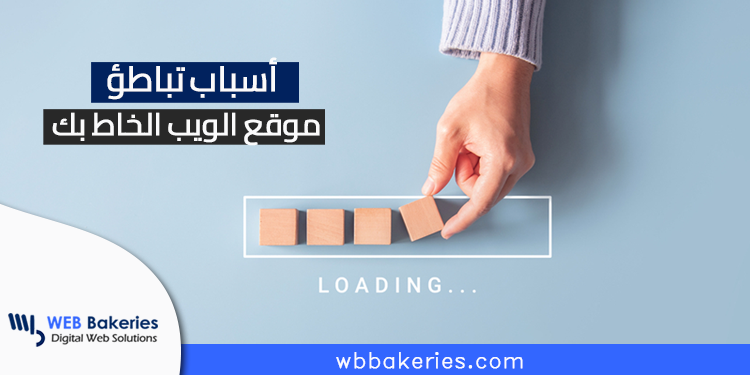Website slowdowns can be frustrating for both website owners and users. Slow loading pages can lead to poor user experience, higher bounce rates, and lower search engine rankings. In this essay, we will explore some of the reasons for website slowdowns.
Large image sizes
Images are a crucial component of web design, but large image sizes can slow down page loading times. High-resolution images can take up a significant amount of server bandwidth and increase the time it takes for a page to load. It is essential to optimize images by reducing their file size, compressing them, or using appropriate image formats.
Too many HTTP requests
Every time a user loads a page, the browser sends multiple HTTP requests to retrieve various resources, including images, scripts, and stylesheets. Too many HTTP requests can slow down the page loading time, especially if the server is under heavy load. To avoid this, it is essential to reduce the number of HTTP requests by combining files and using caching.
Inefficient code
Inefficient code can significantly slow down a website. This can be due to poorly optimized HTML, CSS, or JavaScript code. The server has to process every line of code, and inefficient code can take longer to process, leading to slower page loading times. It is essential to use efficient coding practices and regularly review and optimize the code.
Slow server response time
The time it takes for the server to respond to a request can significantly affect page loading times. Slow server response times can be due to a variety of factors, including high server traffic, server overload, or network congestion. It is essential to monitor server response times regularly and work with the hosting provider to ensure optimal performance.
Lack of caching
Caching can significantly improve website performance by reducing server requests and load times. Caching temporarily stores frequently accessed data and assets, such as images and scripts, on the user’s device. This allows the browser to load the page more quickly, as it doesn’t have to retrieve the same data repeatedly. It is essential to use caching to reduce page loading times and improve user experience.
Large files
Large files, such as videos or downloadable files, can significantly slow down a website. It is important to optimize these files by reducing their size or compressing them. Additionally, hosting large files on third-party servers or using content delivery networks (CDNs) can improve loading times.
Plugins and extensions
Plugins and extensions can add additional functionality to a website, but too many of them can slow down page loading times. Each plugin and extension adds additional code that the server has to process, increasing page loading times. It is important to only use essential plugins and extensions and regularly review and remove unused ones.
Poor hosting
Poor hosting can significantly affect website performance. If the hosting server is overloaded or underpowered, it can slow down page loading times. Additionally, if the hosting server is located far from the user, it can increase network latency and slow down page loading times. It is essential to use a reliable hosting provider and choose a server location that is close to the majority of the user base.
Traffic spikes
Traffic spikes can put a strain on the server, leading to slower page loading times. This can happen during peak periods, such as holidays or sales events, or due to sudden increases in traffic due to viral content. It is important to prepare for traffic spikes by scaling up server resources or using CDNs.
In conclusion, website slowdowns can be caused by a variety of factors, including large image sizes, too many HTTP requests, inefficient code, slow server response time, lack of caching, large files, plugins and extensions, poor hosting, and traffic spikes. It is essential to regularly monitor website performance and work to address any issues that may arise.













